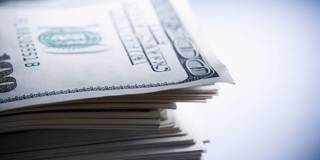The US Federal Reserve is right to be concerned, if not worried, about the greenback's dominance of international trade and finance. Fortunately for consumers, growing potential competitive pressure – call it the Libra effect – creates an incentive to make the existing system work better.
WASHINGTON, DC – Since the end of World War II, the United States dollar has been at the heart of international finance and trade. Over the decades, and despite the many ups and downs of the global economy, the dollar retained its role as the world’s favorite reserve asset. When times are tough or uncertainty reigns, investors flock to dollar-denominated assets, particularly US Treasury debt – ironically, even when there is a financial crisis in the US. As a result, the Federal Reserve – which sets US dollar interest rates – has enormous sway over economic conditions around the world.

WASHINGTON, DC – Since the end of World War II, the United States dollar has been at the heart of international finance and trade. Over the decades, and despite the many ups and downs of the global economy, the dollar retained its role as the world’s favorite reserve asset. When times are tough or uncertainty reigns, investors flock to dollar-denominated assets, particularly US Treasury debt – ironically, even when there is a financial crisis in the US. As a result, the Federal Reserve – which sets US dollar interest rates – has enormous sway over economic conditions around the world.